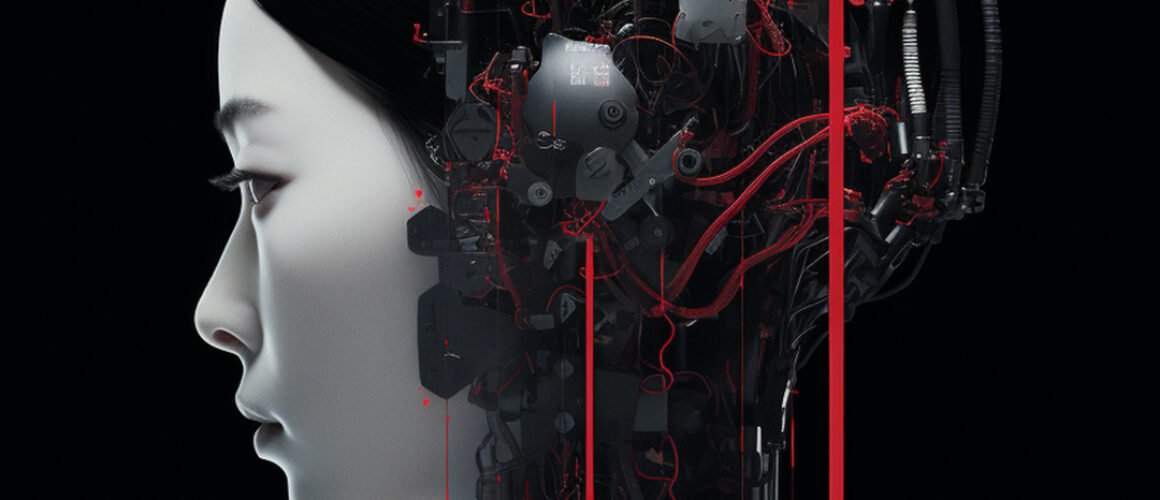The Art of AI: Unleashing Creativity and Challenges
The Bright Side of AI in Art:
-
Enhanced Creativity:
AI algorithms can analyze vast datasets and generate unique, unexpected artistic compositions. This opens up new avenues for artists to explore and expand their creative horizons.
-
Efficiency and Speed:
AI-powered tools can assist artists by automating repetitive tasks, like generating backgrounds or color palettes, saving precious time and allowing artists to focus on the core aspects of their work.
-
Access to New Techniques:
AI can simulate various artistic styles and techniques, enabling artists to experiment with styles they might not have otherwise explored. This can lead to the development of innovative and hybrid art forms.
The Shadows Cast by AI in Art:
-
Loss of Authenticity:
Some argue that art generated by AI lacks the personal touch and emotional depth that human artists infuse into their work. The authenticity and soul of a piece may be missing.
-
Ethical Concerns:
The use of AI for art raises ethical questions regarding authorship and ownership. Who owns the rights to AI-generated art, the creator or the programmer?
-
Overreliance on Technology:
An excessive dependence on AI tools may diminish traditional art skills and craftsmanship, potentially stifling the growth of artistic talent in future generations.
In conclusion, AI brings a wave of innovation to the world of art, allowing artists to push the boundaries of their creativity. However, it is essential to strike a balance, harnessing AI’s power while preserving the integrity and soul of human-made art. Embracing AI as a complementary tool rather than a replacement can lead to a harmonious coexistence where art flourishes with the aid of technology. The future of art lies at the intersection of human imagination and artificial intelligence, where the possibilities are as limitless as the artist’s vision.
